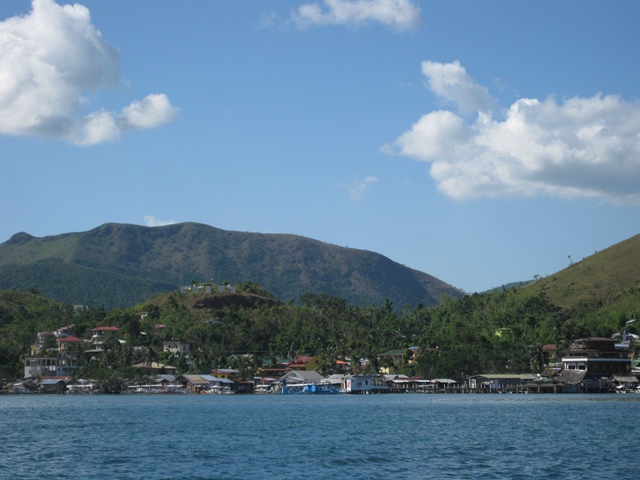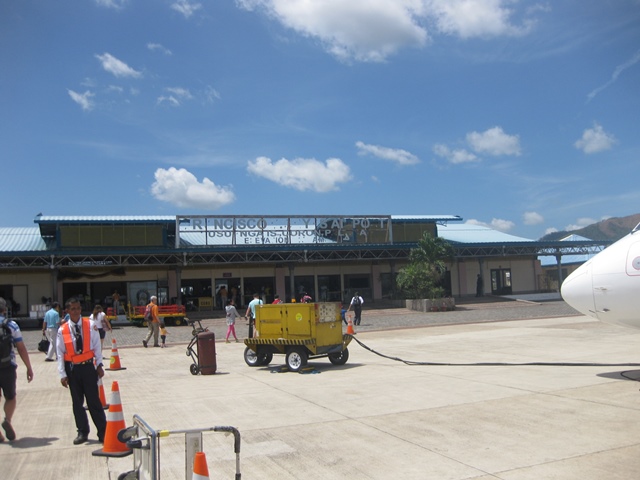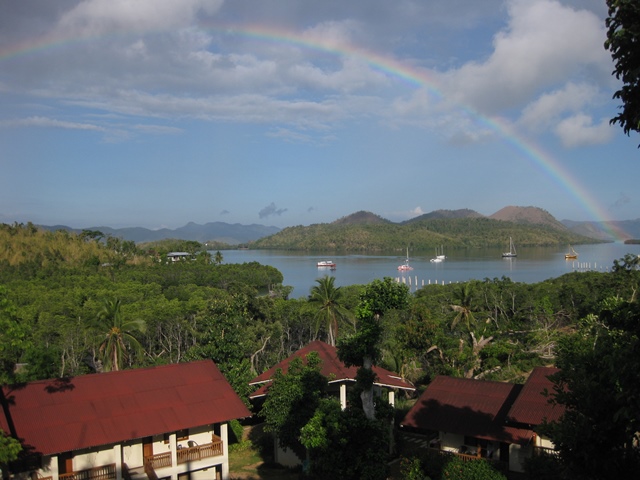Taiwan, formerly known as Formosa and officially known as Republic of China, is sovereign state in South East Asia. It is a neighboring country of the Philippines, located just north of Luzon. This island country is about 180 kilometers from the southern coast of mainland China. Terrain is consisting of some flat plains and mostly rugged mountain ranges. Climate is tropical, experiencing a rainy season and hot humid weather. Typhoons are also common between July and October. Currency of Taiwan is the New Taiwan Dollar (TWD ), approximately 31.73TWD/1USD at the time of this writing. Timezone is National Standard Time (UTC+8).
HOW TO GET THERE
There are four major international airports that serves as the gateway to Taiwan by plane. You may select any of these four depending on your place of origin and the intended place to visit in Taiwan.
Taiwan Taoyuan International Airport (IATA: TPE, ICAO: RCTP)Location: 25° 4′ 35″ N, 121° 13′ 26″ E
This airport is formerly known as Chiang Kai-shek International Airport but it was changed to its current name September of 2006. This airport is one of the two airports that serves the capital city Taipei and the northern part of Taiwan. Taoyuan International Airport serves the vast majority of international flights out of Taipei area. This is the main international hub for China Airlines and EVA Air.
Taipei Songshan Airport (IATA: TSA, ICAO: RCSS)Location: 25° 04′ 10″ N, 121° 33′ 06″ E
This airport has a combined military and commercial purposes. Military section is known as the Songshan Air Force Base. The section for commercial purposes is officially known as Taipei International Airport. It has flights to South Korea, Japan as well as China.
Taichung Airport (IATA: RMQ ICAO: RCMQ)Location: 24° 15′ 52.80″ N, 120° 37′ 14.09 ″E
Another airport serving commercial and military airport, this one is located in Taichung. Serving the middle part of Taiwan, it has scheduled flights to Hanoi, Ho Chi Minh, Hongkong and Macau. Charter services to Palau, Japan, South Korea and Thailand are also available.
Kaohsiung International Airport (IATA: KHH, ICAO: RCKH)Location: 22° 34′ 37″ N, 120° 21′ 00″ E
Being located in the Siaogang District, the airport is also known as Kaohsiung Siaogang Airport. It is a commercial international airport serving the southern part of Taiwan. There are scheduled flights to and from Hongkong, Japan, Macau, South Korea and Vietnam.
WHERE TO STAY
There is a lot of hotels in Taiwan specially in Taipei area. The following hotels suggested are the hotels where I have stayed during my visit.
Le Midi Hotel
Location: 24° 57' 30" N, 121° 13' 12" E
When I stayed on this hotel it is known as Jungli Chinatrust Hotel. They are the highest hotel in the Taoyuan area and provides nice panoramic view of the area. Amenities provided are laundry room and gym on the 28th floor and business center on the 27th floor. Rooms are spacious and clean with great internet connectivity by wifi or the provided LAN cable.
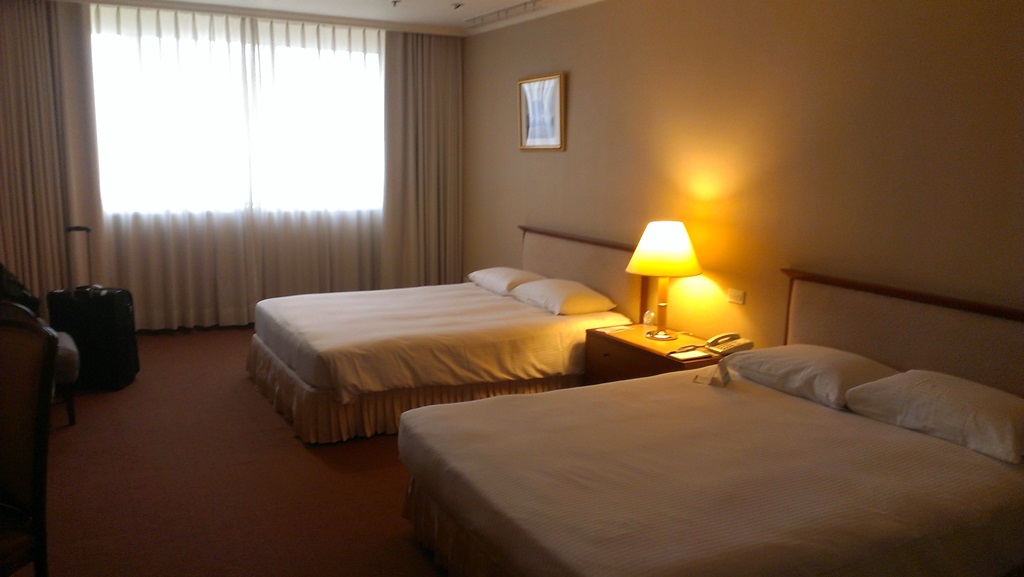 |
| My room in Le Midi Hotel. Extra bed for my luggge :) |
Location: 24° 57' 16.2" N, 121° 13' 24.5" E
Fullon Hotel sits right in the business district, even the railway station is a walking distance away. Many establishments are within an easy reach from the hotel. One downside is that because it is located in a busy area, the streets' noise can be heard on some lower rooms. As much as possible pick a room in higher floors.
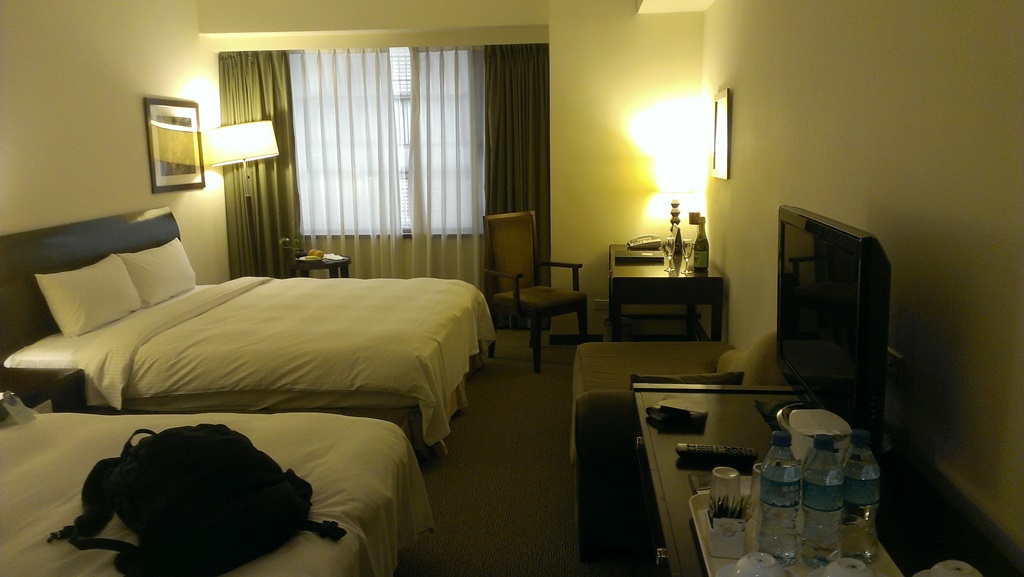 |
| Cozy ambiance in Fullon Hotel. |
